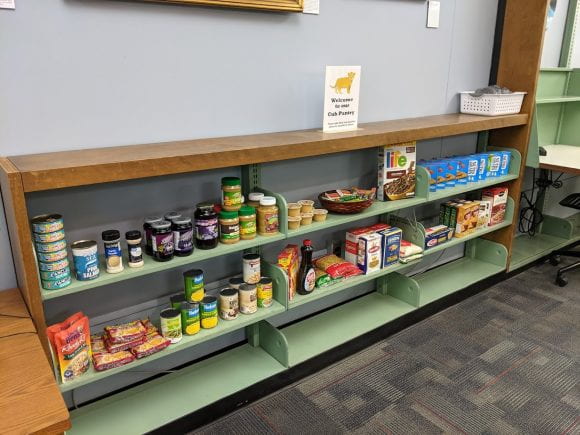By: Tara Anthony
Black History Month: Highlighting Cartographic Work by African Americans
This Black History Month, the Donald W. Hamer Center for Maps and Geospatial Information created a display that highlights important cartographic work by African Americans, as well as some interesting maps from our collection that show demographic information and the Black Experience in America. One of these pieces is by Louise E. Jefferson, a prominent artist during the Harlem Renaissance who truly made her cartographs into artwork. This display poster also features work by W.E.B Du Bois, Bayard Rustin, and the Black Panther Party, who all utilized maps and data visualization to aid in the Civil Rights Movement and advancement for African Americans throughout the 20th century. There is also a display case including book about African American Lithographer, Grafton Tyler Brown, and Atlanta Hip-Hop map painted by Joseph Veazy, a former Adult Swim employee who donated the proceeds from his art to help those facing homelessness and gentrification. This display was created by Olivia Neill, Maps and GIS Assistant, who is a 3rd year Geography major pursuing minors in Spanish and History. Additional guidance was provided by Heather Ross, Map Specialist, and Tara Anthony, GIS Specialist.
Olivia Neill indicated, “Throughout my research when compiling this display, I learned a handful of things that I had not heard of before. I was most interested in finding information about Louise E. Jefferson, especially how she was a friend of Langston Hughes and a prominent artist during the Harlem Renaissance. I also enjoyed reading about W.E.B. Du Bois and his trip to Paris for the 1901 World’s Fair, and his groundbreaking work with data visualization.”
Visit 1 Central Pattee Library, 9am-5pm Monday-Friday, to view this display.








